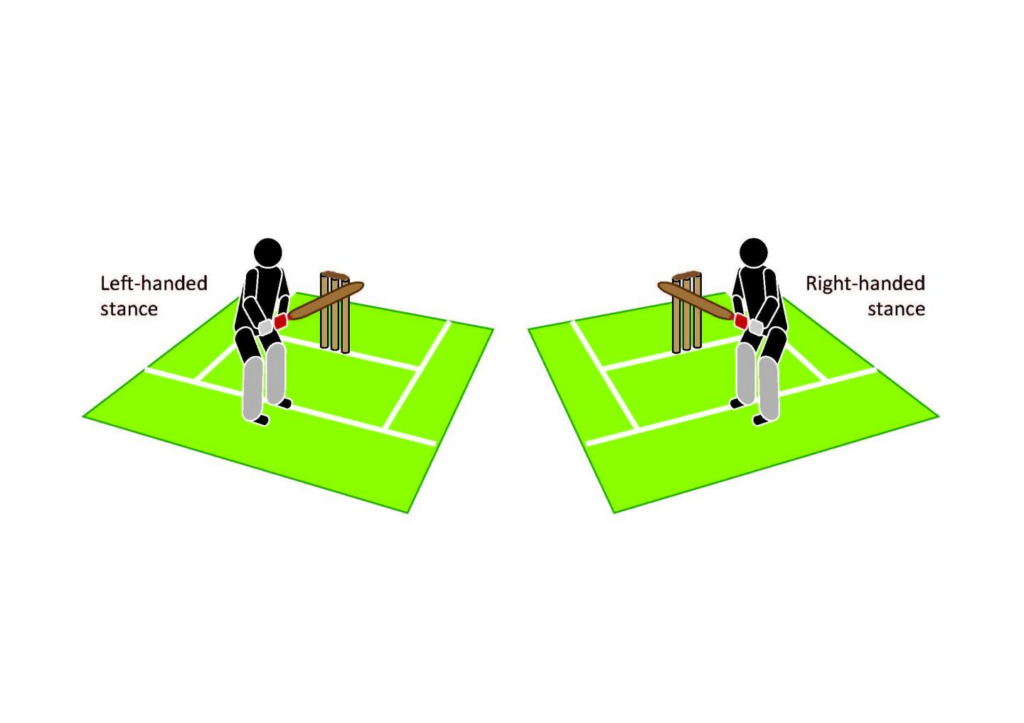
As the ICC Men’s T20 World Cup is taking place in United States, we’ve seen some incredible upsets – like Afghanistan beating New Zealand, Canada beating Ireland, and the United States beating Pakistan.
I wrote a primer about the sport and two strategic elements that can greatly impact the game.
Unfamiliar with Cricket? Click here for the TL;DR.
Two Strategic Elements of Cricket
Difference between batting first and batting second
At the start of a cricket match, the teams toss a coin. The winner chooses whether they bat first or second. This choice can have an outsized impact on cricket games.
In traditional Test cricket, where games are quite long, field and ball degradation play a big role. Due to this, many teams would opt to bat first, so they play with better pitch conditions.
In T20, where games are far shorter, pitch degradation is less of a pronounced problem. In fact, many argue there is an advantage towards batting second.
The advantage comes from “knowing the score” they need to chase to win. When the United States pulled its “miracle on ice-esque” victory over Pakistan earlier in the tournament, they won the coin toss and opted to bat second, with pundits crediting United States captain Monank Patel timing the chase skillfully.
Moreover, teams that win the coin toss can choose to bat second if they’re playing a game after a heavy rainfall, and the field is wet. Batting is usually far harder during wet conditions.
In particular, wet conditions support fast bowlers, whose bowls increase in speed. In this World Cup, a team that has more fast bowlers, like Australia, may greatly benefit from winning the coin toss on a rainy day.
Picking Batsmen
Selecting the right batsmen to field is quite important.
As there are two batsmen on a field at a given time, some consideration must be made as to who would be the ideal batting pair.
For example, it may make sense to pair a riskier batsman – who aims to fours and sixes – with a more cautious batsman. With this strategy, one batsman aims for risky boundary shots, while the other “anchors” the innings, playing cautiously. Doing this reduces scoring dependence on running between the wickets (which protects batsmen from getting run out.)
Another interesting situation occurs when one batsman is better than the other. If there’s an even number of runs scored, and no wicket taken, the same batsman will continue to bat. If there’s an odd number of runs scored, the other batsman will bat.
In the case where one batsman is markedly better than the other, a situation can arise where it may make more sense for the team to forgo scoring another run in order to have the stronger batsman continue batting.
Moreover, batsmen have different dominant hands. So, when a batting side has two batsmen with the same dominant hand, it allows the bowler and field to be more predictably set.
Thus, smart coaches often aim to pair a right-handed batsman with a left-handed batsman, making defensive positioning slightly more complex for the fielding team.
The same bowler must bowl for both the right- and left-handed batsmen. This means that the bowler is constantly forced to reevaluate how he bowls during an over. In addition, the fielding team is also forced to adjust itself to account for having batsmen of different hands hit.

Having to adjust for the different stances of the left- and right-handed batsmen often disrupts the flow of a bowler during an over.
It also forces the fielding to have to adjust stances multiple times during an over.
This interestingly has led there to be roughly the same amount of left-handed and right-handed batsmen, despite only 10% of people being left-handed.
Contemplating Cricket
As the World Cup continues to unfold in the United States and the West Indies, it is important to pay attention to the small nuances in each game – be they the weather forecast or the number of fast bowlers on a team – as they could greatly impact the match.
If this World Cup whets your appetite for cricket, then you’re in luck. The United States’ cricket league, Major League Cricket, initiates their season a week after the final of the World Cup. Cricket will also be part of the 2028 Summer Olympics in Los Angeles.




Subscribe Now
Get each new post sent straight to your inbox